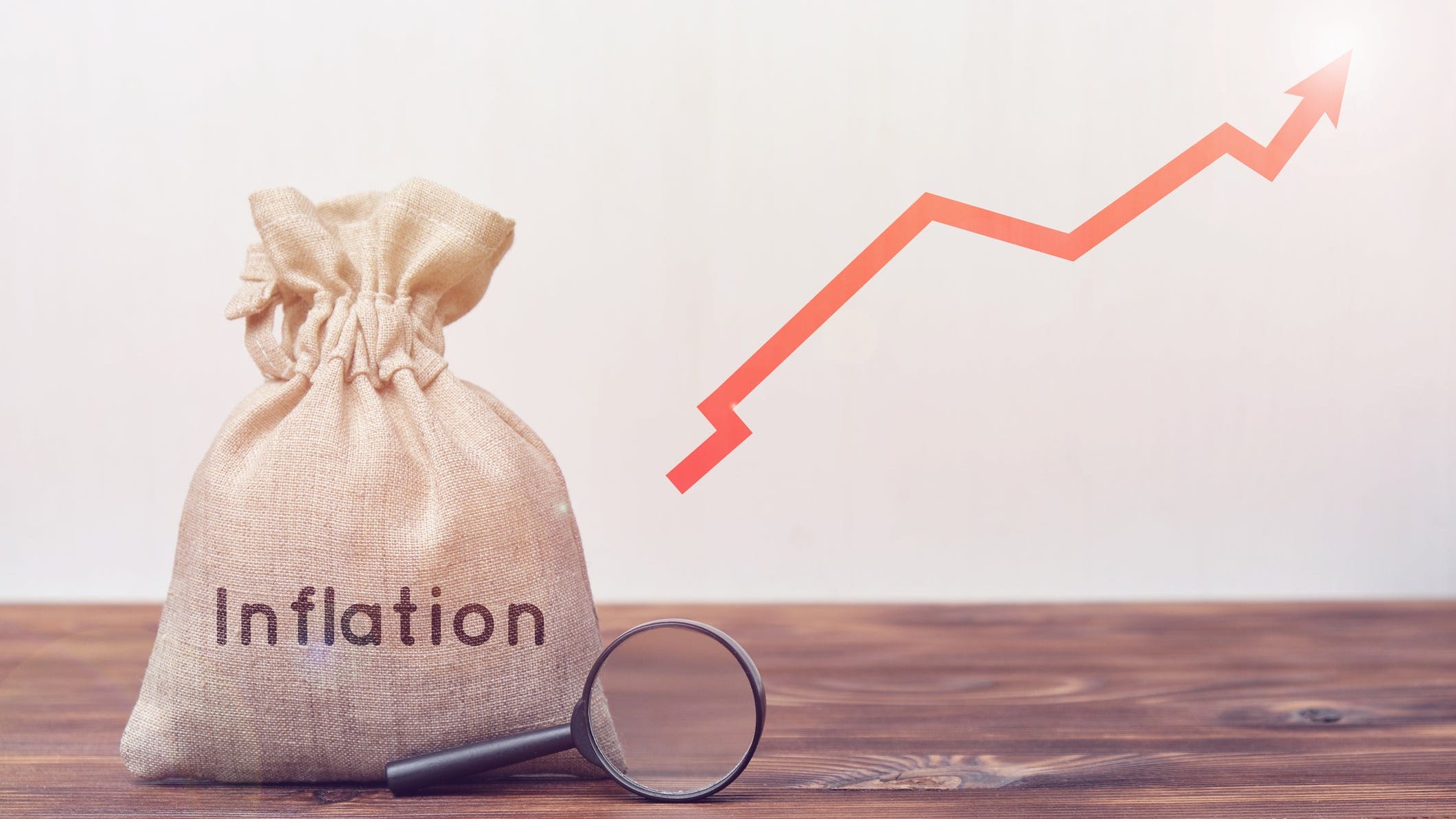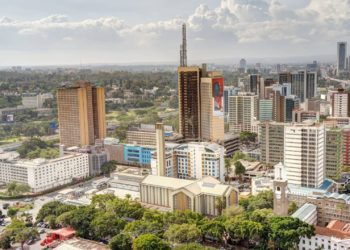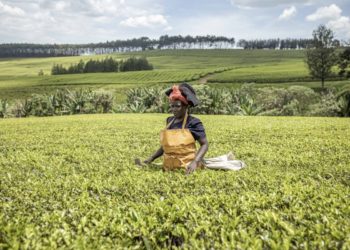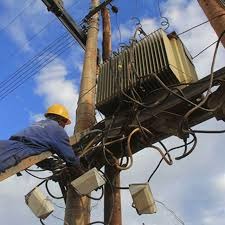By Austin Wekesa
Inflation surged to a three-month peak of 6.9% in January, a level last observed in October 2023, raising concerns about economic stability.
This increase in inflation is particularly troubling as it coincides with a rise in core inflation, which measures the consumer price index (CPI) of non-food and energy goods.
Typically less volatile, these goods offer a clearer reflection of commodity prices within the country. Consequently, there is significant apprehension surrounding the impending release of the new Central Bank Rate (CBR) by the Central Bank of Kenya (CBK).
The escalation in core inflation exacerbates worries about the general upward trend in prices over time. This trend is likely to be of significant concern to the CBK as it prepares for its upcoming policy meeting.
The Monetary Policy Committee (MPC) aims to stabilize inflation while also monitoring economic activity, potentially resorting to a more accommodative policy rate to facilitate private credit access.
Interestingly, core inflation had been decreasing since reaching a four-year high of 4.45% in February 2023 until July 2023, following the initial rise in the CBR to 10.50% in June 2023.
This decline led to headline inflation falling within the CBK’s target range of 2.5% to 7.5%. Despite the MPC’s decision to raise the CBR by 200 basis points in December 2023 to 12.50% in an attempt to curb inflation and support the shilling, January witnessed a 0.3 percentage point increase in inflation, further contributing to uncertainties ahead of the MPC meeting.
It is noteworthy that the International Monetary Fund had cautioned about inflationary pressures due to fluctuations in global oil prices and the impact of a weakening exchange rate in the preceding month.
However, they also anticipated that inflation would be contained, especially in the latter part of the year, thanks to the earlier interest rate hike by the CBK.
In addition to the rise in core inflation, headline inflation also climbed to a three-month peak in January, attributed to increased prices for food items, educational fees, electricity, and clothing.
This coincided with the commencement of the new academic year, likely driving up expenditure in these sectors.
Overall, close monitoring of the CBK’s decisions is imperative given the increase in their primary gauge for inflation and the continued depreciation of the Kenyan shilling against the dollar.


















